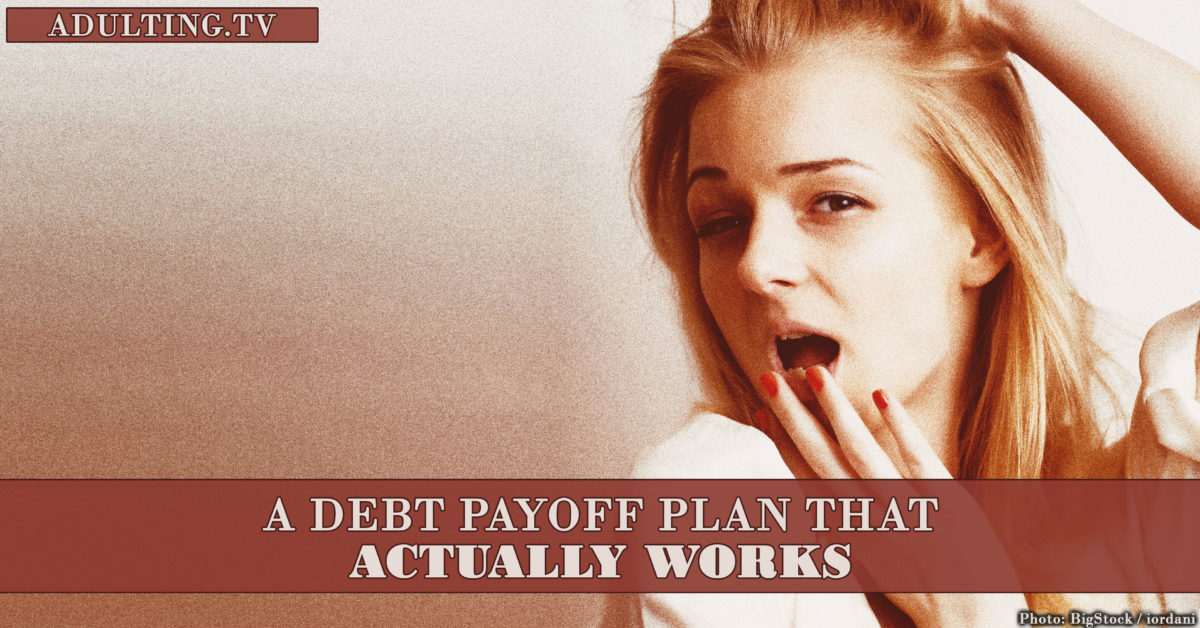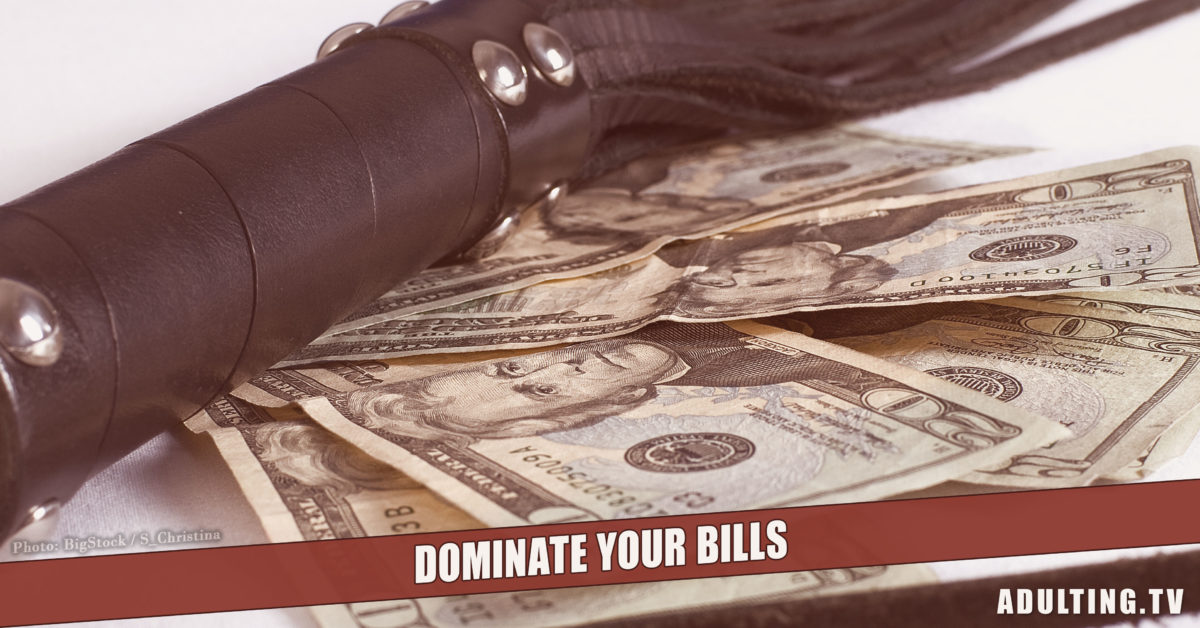Twelve years ago, my husband, David, and I found our sitting on the floor of our basement apartment as two financial services professionals with $51,000 in credit card debt between the two of us.
Like the cobbler’s kids with unfortunate shoes and the emperor with off-the-rack clothes, we were helping other people with their money and not ourselves.
We put together a debt payoff plan and got rid of that debt in two and a half years and built a business based on our experience becoming and living financially free.
How did we pay off so much debt?
We’re often asked in interviews how we paid off so much debt so quickly.
The underlying question is, “What tools or tricks can you give us to help us become financially free?”
The problem with tools and tricks and that what works for us may not work for you and vice versa. That’s why our first response to that question is that we figured out what we most wanted in life.
We found our “why,” and as Jim Rohn says, “When you know what you want, and you want it bad enough, you’ll find a way to get it.” When we figured out what we most wanted and not what we thought we should want or what others thought we should want we had the motivation to pay off our debt.
When times were tough, and they were, we used our why as fuel to continue our path to being debt free and stick with our debt payoff plan.
But that doesn’t mean there aren’t tips and tricks you can try. Here’s the five-part plan we used to become and live debt free. You can see if some — or all — of this plan might work with your own style to help you reach your financial goals.
Be money conscious.
My husband and I thought we coined this term. To us, it initially meant being clear on how much money we earn, have and spend. It meant having a basic understanding of the economy and how the economies of the world affect us personally.
We later learned that Napoleon Hill thinks he coined “money consciousness” in his book, Think & Grow Rich. Hill talks about money consciousness on a metaphysical level. The results on both a practical and metaphysical level produce the same results, as Hill says, “only those who become money conscious ever accumulate great riches.”
Live below your means.
Living below your means sounds outdated and old-fashioned, but it’s critical to getting and staying out of debt and achieving financial success. This rule affects everyone, rich and poor, black and white, gay and straight and everyone in between everyone else.
Living below your means is such a powerful principle that it brings down many seemingly successful movie, music, and sports stars.
Cash is king.
Living on cash gives most people a 20% raise. Studies show that individuals who use only cash spend less money in addition to paying less in interest fees. When we had our debt, we were paying $10,000 a year in interest payments. When we paid off our debt, we gave ourselves a $10,000 raise and dramatically improved our quality of life.
Have a financial plan.
Just like you can’t drive from New York City to Los Angeles without clear directions, you can’t achieve financial goals without a financial plan. A good financial plan includes knowing the starting point of where you are financially and the ending point or goal of where you want to go.
It wasn’t until we knew which direction we wanted to go with our financial lives and our lives in general that we could go from a negative net worth of $51,000 to a positive net worth over $700,000. Therefore, you need to have a financial plan.
Creating and maintaining a financial plan isn’t hard and doesn’t limit us from enjoying life. Our budget and financial plan help us do all the things we want in life by letting us know when we can have and do what we want. As Søren Kierkegaard said, “Anxiety is the dizziness of freedom.”
Now, how do you pay down your existing debt?
The Avalanche and Snowball methods.
The Avalanche Method says to pay off highest interest rate debt first while making minimum payments on other debts. Then, proceed to the next highest interest rate debt and so forth until all debt is paid off.
The Snowball Method, popularized by Dave Ramsey, says to pay off the smallest debt first while making minimum payments on other debts. Once the smallest debt is paid off, proceed to the second lowest debt and so forth. The Snowball Method gives quick wins.
For my husband and me, neither seemed fast enough, especially because all our debt was credit card debt and we saw a loophole.
Our Debt Lasso method.
We first contacted all our credit card companies and asked them to lower our interest rates. The Debt Lasso method helped us to start saving money immediately. Any savings we had immediately went towards our debt.
Most companies obliged even if it took some explaining. It helped that despite having all that debt, we rarely missed or were late on payments. The only thing holding down our credit scores were our debt to income ratio.
It, also, helped that we explained how dire our situation was and that we didn’t want to miss or be late on future payments or file for bankruptcy. So, it was in everyone’s best interest to accommodate us.
Next, we looked for 0% interest-rate-credit-card-promotions with no annual fees. When we found a credit card and promotion that suited us, we calculated the cost of a balance transfer to that card. This strategy required reading a lot of fine print to be clear what we were getting.
At the time, 3% balance transfer fees were standard. There were some that charged less than 3% and even some that charged 0%. The 0% interest-rate-credit-card-promotions with no annual fees and 0% balance transfer fees were gold. Some exist today!
Most of the 0% interest-rate-credit-card-promotions lasted between six to 18 months. The longer the promotion, the more time we had to pay off our debt. Then, we diligently paid off as much debt as we could as fast as we could. When one card was paid off, we put more money towards our remaining debt. We continued this strategy until all our debt was paid off.
This is the five-part debt payoff plan we created to destroy $51,000 of credit card debt and, then, stay out of debt. If it worked for us, it can work for you. So, get working.






